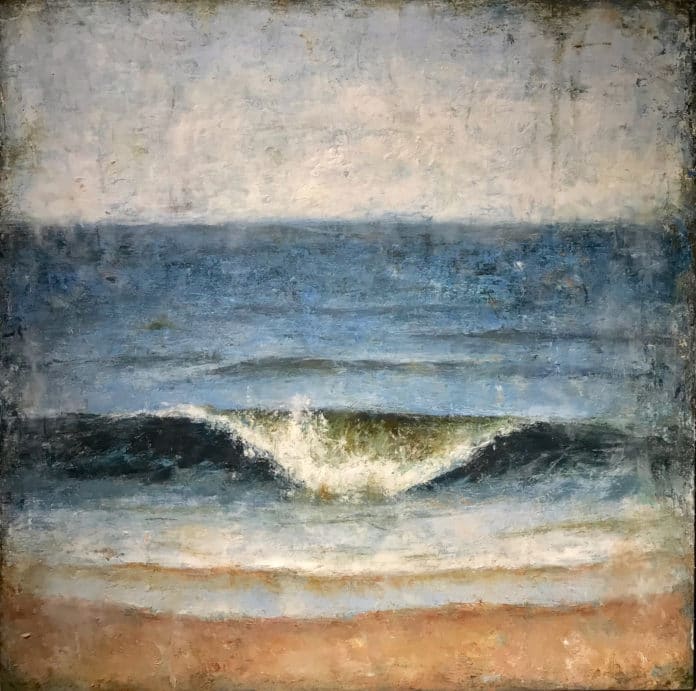
Randall Graham adds cold wax medium to his oil colors so he can brush, scrape, thicken, thin, and scumble layers of color and texture to create a dreamlike state. See how he works with the medium.
“I have been trying to instill the qualities of dreams or memories in my paintings,” says Pennsylvania artist Randall Graham. “ A friend of mine has been adding cold wax to his oil colors to create abstract paintings, and I really liked the textures he was creating on the surface of his work. Following his example, I started using Gamblin’s Cold Wax Medium in combination with my oil colors.
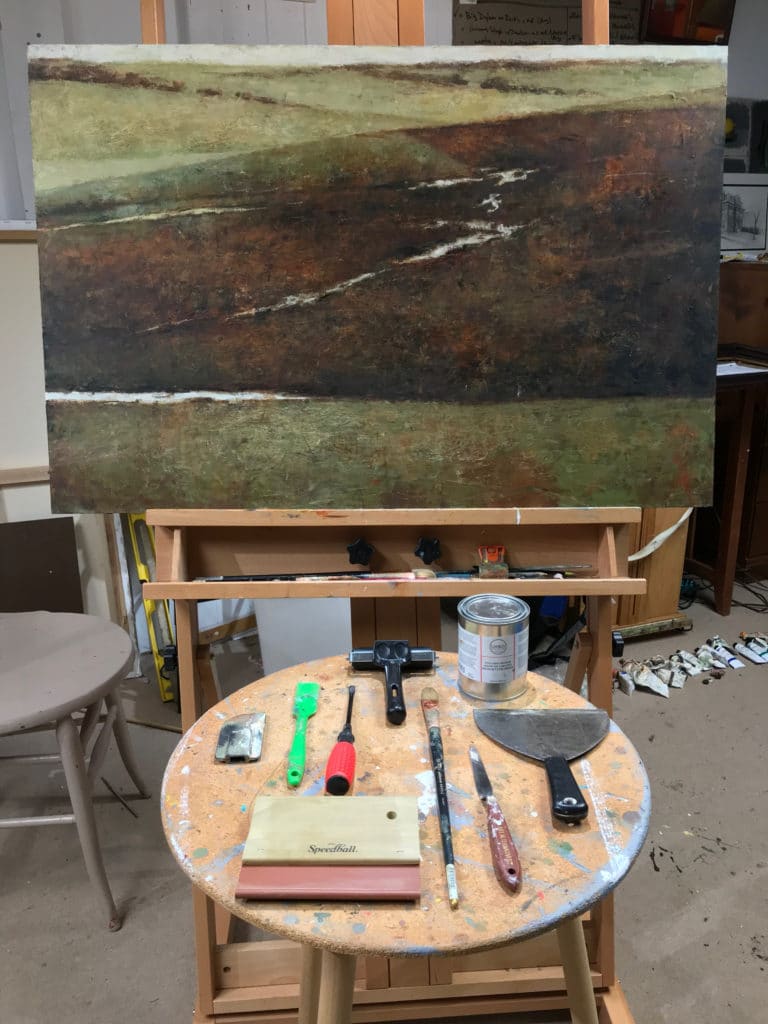
“After I decided to purchase a can of cold wax medium and played a little with mixing it into my oil paint, I was hooked,” confesses Graham. “The wax allows me to build layers quickly so they mimic veils of shapes and suggested spaces. I associate those with a dream world, which, in terms of painting, exists somewhere between realism and abstraction.”
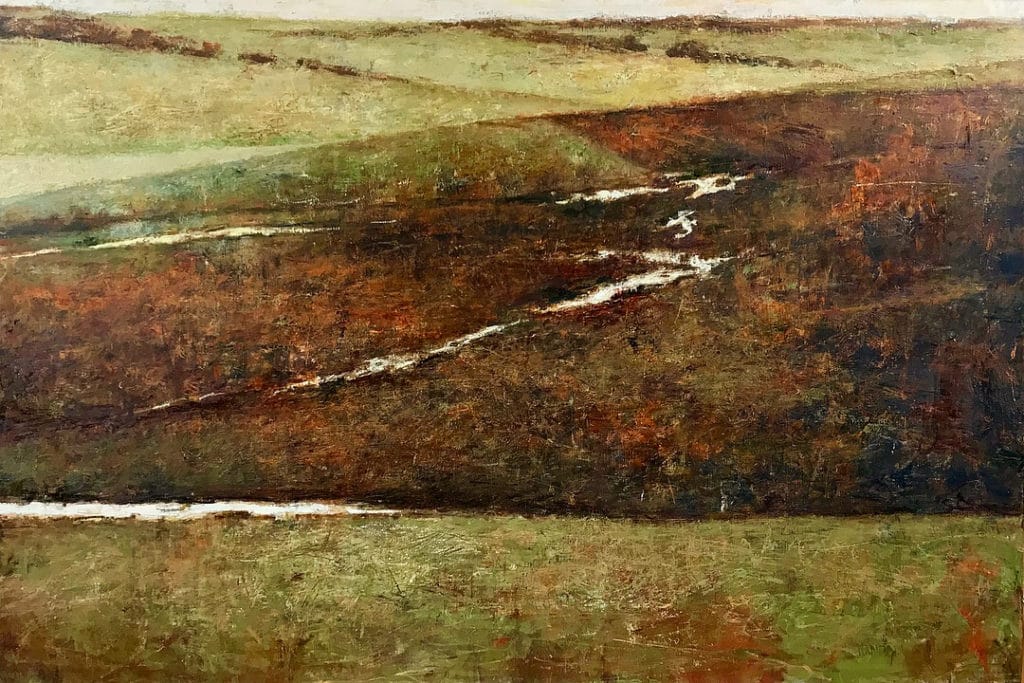
Gamblin Cold Wax Medium is a paste made from natural beeswax and a small amount of alkyd resin. The term “cold” refers to the fact that heat is not required for working with this wax medium because it dries by solvent evaporation rather than the cooling of the wax, as in encaustic painting. As the solvent evaporates out of the medium, the soft wax hardens to the density of a beeswax candle.
Unlike other painting mediums that increase the flow and gloss of oil colors to varying degrees, cold wax medium makes oil colors thicker and more matte. The combination of oil colors and wax can be applied thin or thick, and it adheres well to hard surfaces. It has a pleasant translucent quality that allow light to pass through it to underlayers. One can scratch and scrape top layers and allow the underpaintings to show through to the surface. Wax medium is also a great tool for softening edges and creating textures with a brush, brayer, squeegee, and even a potter’s rib. It really opens up a lot of creative possibilities.
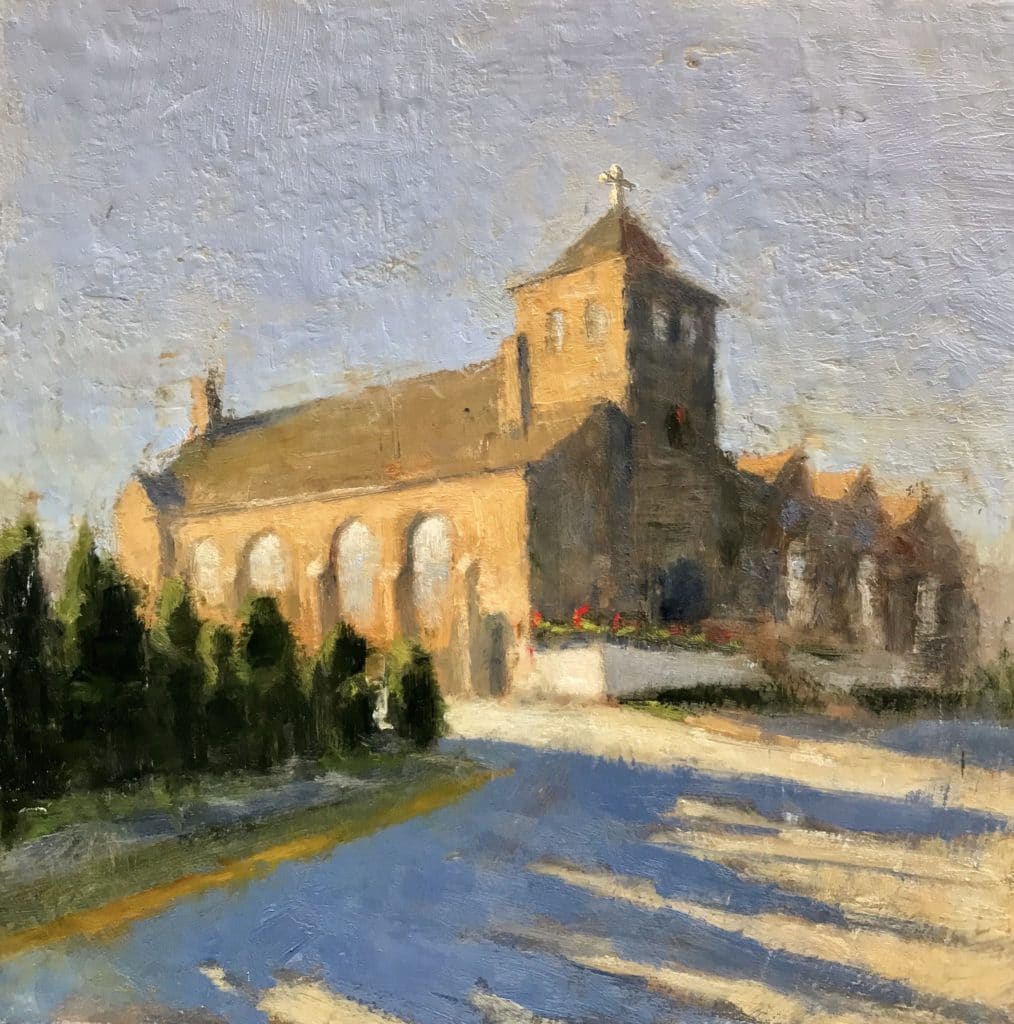
“I have used the wax while painting outdoors and in the studio,” says Graham. “Recently, I attempted a large painting based on Andrew Wyeth’s ‘Hoffman’s Sough,’ a painting I appreciate because it walks the line between realism and abstraction. Although I used Wyeth’s composition as a starting place, I focused on adding and subtracting wax layers until I was satisfied that every inch of the painting held some level of interest. The finished piece has lots of mini paintings within the larger composition.”
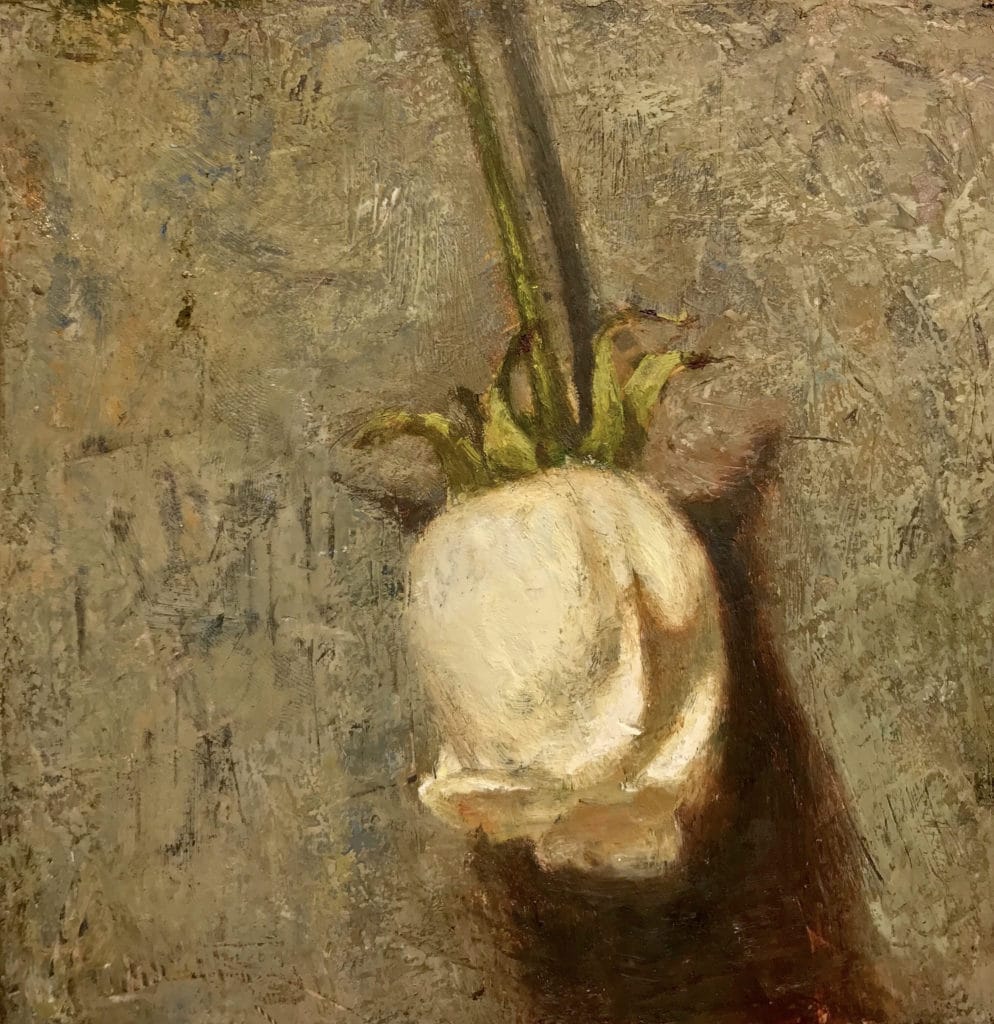
Graham has used wax medium while creating plein air paintings on the Delaware beaches, outside a church in Malvern, Pennsylvania, near where he lives, and even a studio still life painting. “Painting light snow on a farm in Downingtown, Pennsylvania, was very productive,” the artist adds. “The wax conveyed the overcast sky and also popped the high-value texture of the snow. I am already planning to teach workshops in the use of cold wax medium because so many artists have been curious about my techniques.”

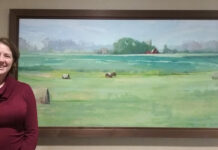
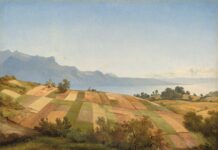
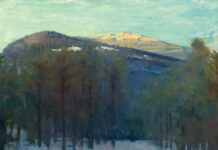
Since he is my nephew, I have to correct that he is RANDALL Graham! So talented!
[…] Original Source […]